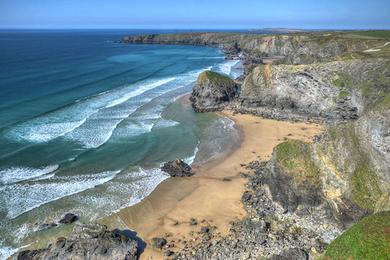Overview
Scalloped hammerheads are distinguished by their distinctive hammer-shaped head, which is flattened and has a scalloped, or curved, edge. This unique head shape is much more pronounced than that of other hammerhead species, with the lobes of the head being significantly wider and more rounded. Their bodies are typically gray to brown in color, with a white underside. They can grow up to 14 feet in length and are known for their powerful jaws and sharp teeth.
Commonly found in:
- Australia
- Brazil
- Costa Rica
- Ecuador
- Egypt
- Fiji
- Indonesia
- Maldives
- Mexico
- Mozambique
- Panama
- South Africa
- United States
Over the past 56 years, there has been 1 recorded scalloped hammerhead attack. This attack occurred at the following location:
Size and Weight
- Size: Males average between 6-8 feet when mature; females average between 7-9 feet when mature
- Weight: Males typically weigh 200-300 pounds; females typically weigh 250-400 pounds
- Swimming speed: Both sexes can reach speeds of up to 25 mph
Interaction with Humans
- Interaction with Humans: Generally shy and avoid human contact
- Avoidance: Stay out of coastal waters during low light conditions
- Activity: Most active during dawn and dusk
Lifespan and Diet
- Lifespan: Males live 20-30 years; females live 25-35 years
- Diet: Primarily fish, squid, and crustaceans; hunts by using its hammer-shaped head to detect electrical signals from prey
Migratory Patterns
Scalloped Hammerhead sharks exhibit distinct migratory patterns. They typically start their migrations from coastal areas and islands in tropical and temperate regions, such as the Gulf of California in Mexico, the Galapagos Islands of Ecuador, and the coast of South Africa. These sharks then move to offshore seamounts and open ocean areas, often traveling thousands of kilometers. They may end their migrations in areas like Cocos Island off Costa Rica, Malpelo Island off Colombia, or the Eastern Tropical Pacific. Some populations also show seasonal movements between cooler and warmer waters, such as along the coast of South Africa and Mozambique.


